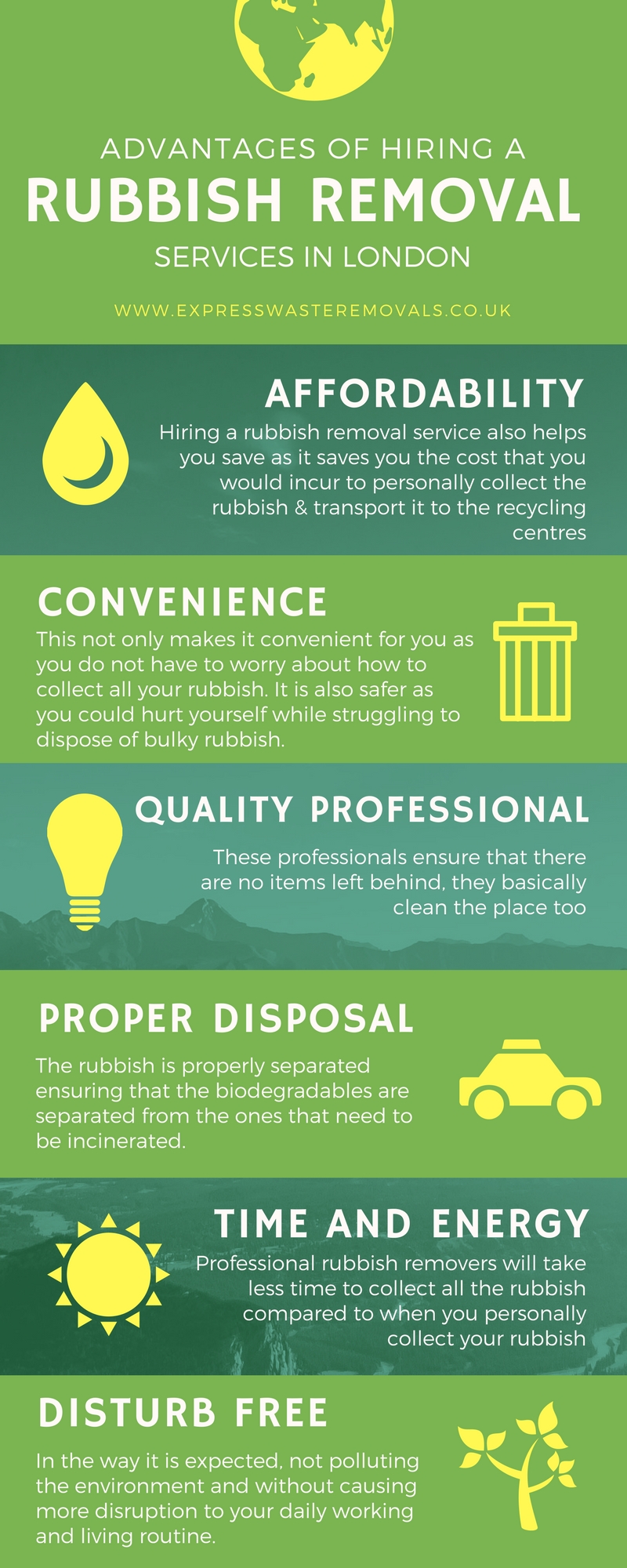Just How To Select The Right Dumpster Size For Your Project: A Comprehensive Overview
Just How To Select The Right Dumpster Size For Your Project: A Comprehensive Overview
Blog Article
Material Author-Romero Snider
When embarking on a job that calls for a dumpster, the dimension you choose can substantially affect its performance and cost-effectiveness. Visualize having the perfect container that fits all your waste without being exceedingly huge or as well small. Everything starts with recognizing the nuances of your project and choosing a dumpster dimension that aligns with your specific needs. So, prior to you choose, consider the aspects at play to make certain a smooth waste administration process throughout.
Elements to Take into consideration
When selecting the best dumpster dimension, there are numerous vital variables to take into consideration.
First, consider the sort of waste you'll be dealing with. visit this weblink may call for differing amounts of area, so comprehending what you'll be placing in the dumpster is vital.
Next off, assess the quantity of waste you anticipate to generate. If you underestimate the quantity, you might require to make numerous journeys to get rid of everything, which can be bothersome and pricey. On the other hand, renting a dumpster that's too huge can lead to unneeded expenditures.
In addition, take into consideration the room where the dumpster will be positioned. Make sure there suffices area for the dumpster to be supplied and gotten without any obstructions.
Finally, think of any kind of weight restrictions that may apply. Surpassing the weight limit can result in added charges or perhaps the refusal of service.
Dumpster Size Options
For choosing the best dumpster size, it's essential to have a good understanding of the offered alternatives. Dumpster dimensions usually range from 10 to 40 cubic backyards, with variants in between.
A 10-yard dumpster is suitable for tiny projects like a garage cleanout or a small remodelling. If hop over to this site dealing with a medium-sized task such as a kitchen remodel or a cellar cleanout, a 20-yard dumpster could be the right choice.
For larger projects like a whole-house remodelling or industrial building, a 30 or 40-yard dumpster could be better to accommodate the volume of waste produced.
When deciding on a dumpster dimension, think about the quantity and sort of particles you expect to get rid of. It's much better to pick a slightly larger dimension if you're unsure to stop overfilling. Bear in mind, it's more economical to rent out a dumpster that fits your needs instead of needing to get an added one.
Matching Size to Task
Ideally matching the dumpster size to your job is essential for efficient waste monitoring. To identify the ideal size, think about the extent and nature of your project.
For tiny home cleanouts or improvements, a 10-yard dumpster may suffice. These are usually 12 feet long and can hold about 4 pickup loads of waste.
For larger jobs like remodeling several spaces or cleaning out a huge estate, a 20-yard dumpster could be better. These are around 22 feet long and can hold about 8 pickup tons.
If you're tackling a significant building and construction project or commercial renovation, a 30-yard dumpster could be the most effective fit. These dumpsters are about 22 feet long and can suit about 12 pickup lots of debris.
Matching the dumpster dimension to your job ensures you have adequate area for all waste materials without paying too much for unused capacity.
Final thought
Finally, choosing the ideal dumpster dimension for your project is crucial for reliable garbage disposal. By taking into consideration variables like the kind and quantity of waste, area availability, weight restrictions, and budget constraints, you can guarantee you have the suitable size dumpster for your demands. Make certain to match the dimension of the dumpster to the extent and nature of your job to stay clear of overspending on unnecessary costs.
